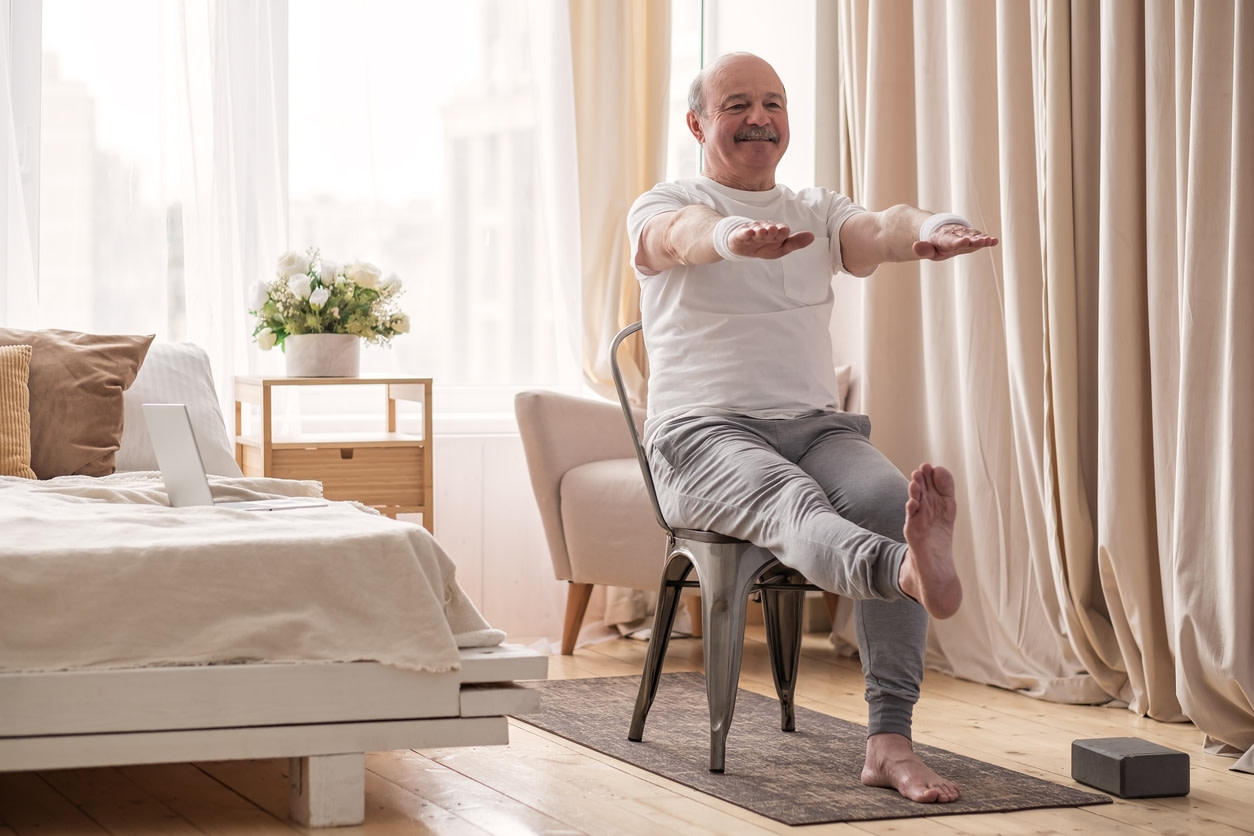8 Leg Strengthening Exercises for Seniors That Physical Therapists Recommend
Learn how to stay active and independent through all stages of life with these leg strengthening exercises for seniors, recommended by physical therapists.
$0 costo para usted
Última actualización: Sep 1, 2025
